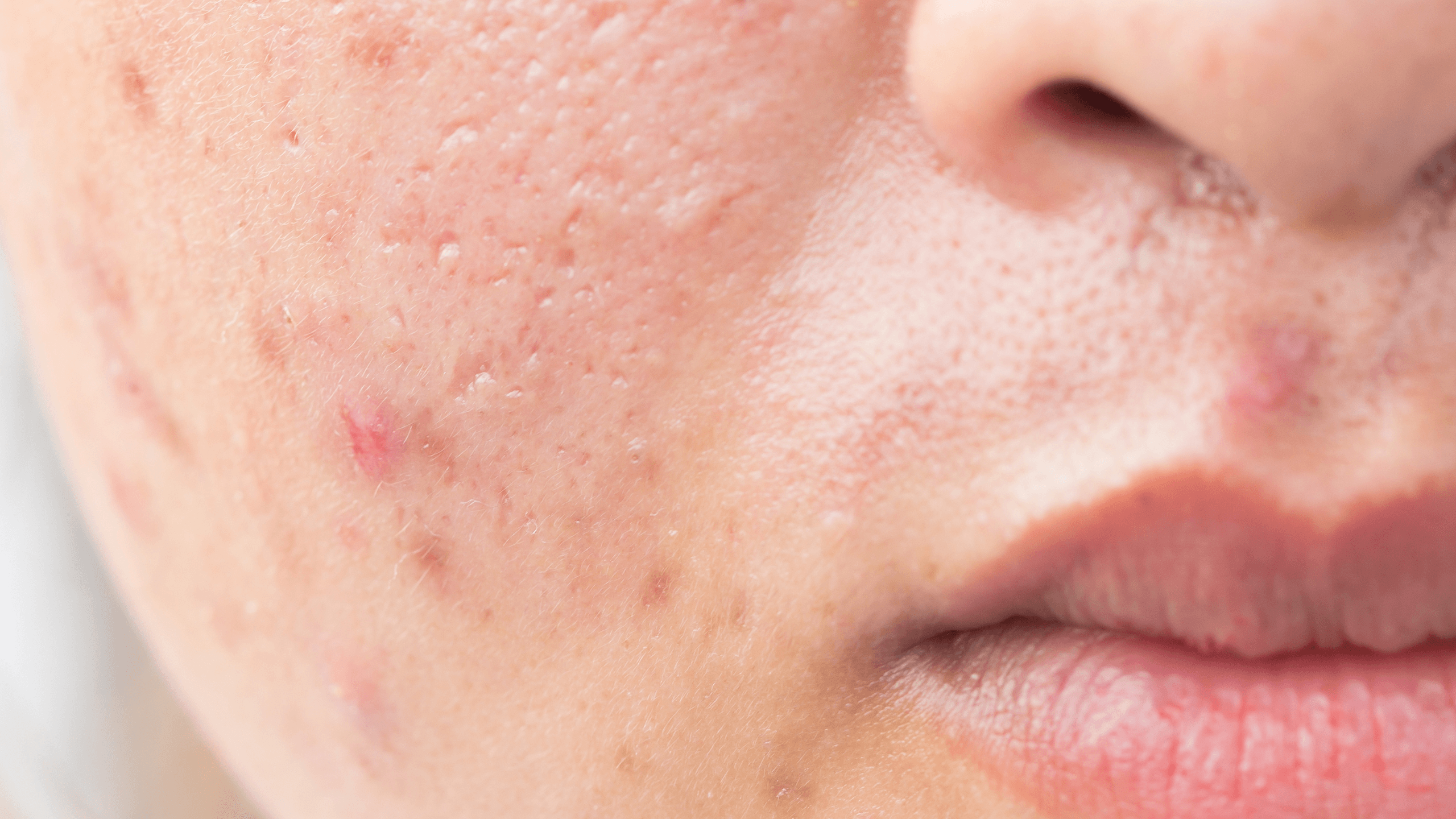What’s worse than a pimple? An infected pimple. Believe it or not, infected pimples are actually quite rare, and they typically don’t become infected on their own. An infection often occurs as a result of popping or picking at a pimple, creating an open wound for bacteria to enter through.
Is My Pimple Infected?
If you’re wondering, “What does an infected pimple look like?”, envision your standard blemish — but worse. Infected pimples tend to have more swelling, which creates a larger, more inflamed blemish. It can also be sore or painful, as well as warm to the touch. It may or may not be filled with pus. Infected pimples take longer to heal than a standard pimple.
3 Ways You Can Treat Infected Pimples
Oftentimes, infected blemishes won’t respond to the same treatments as a standard pimple. That’s because most acne treatments aren’t capable of targeting an infection that lives deep within the skin. Here are three tips to treat infected pimples:
Keep the Area Clean
Keeping the area around the infected pimple clean is key to not exacerbating the issue. Cleanse your skin in the morning and at night with a microbiome-friendly and fragrance-free cleanser. Be sure to avoid any harsh soaps that will strip the skin microbiome of the beneficial bacteria that work to kill off bad bacteria.
Create a Warm or Cold Compress
Creating a warm compress to hold over the infected blemish may help aid the natural draining process. To make a warm compress, take a clean towel and soak it in warm water. Squeeze out the excess and hold it over the wound. Just be sure not to use hot water, only warm. Don’t press down too hard on the blemish to avoid pushing bacteria deeper into the skin.
You can also try icing an infected pimple to reduce swelling and inflammation. You can use an ice pack, wrap an ice cube in a paper towel or washcloth or put it in a ziplock bag, or soak a clean towel in cold water. Apply ice to your pimple for 30-60 seconds, take a break, and then repeat. Don’t ice your pimple for more than 15 minutes, and be sure you’re applying ice to the pimple itself, and not the surrounding skin.
Consult Your Doctor
Depending on the severity of your blemish, you may need to take an antibiotic. Letting the infection go too long without proper treatment can lead to complications, so don’t wait too long to consult a professional. When in doubt, visit your primary health care provider or a board certified dermatologist. If your provider prescribes an oral or topical antibiotic, use as directed to avoid creating antibiotic resistance. Keep in mind that while sometimes necessary, antibiotics don’t differentiate between good and bad bacteria — they simply kill all bacteria. That means it’s important to support your skin microbiome after treatment.
Potential Complications from a Skin Infection
It’s possible for a blemish to become infected with the Staphylococcus aureus bacteria that leads to a staph infection. And it's not just pimples that get infected. Staph is the primary cause of skin infection worldwide, and if left untreated can lead to boils, fever, rash, and worse. Staph aureus bacteria also exacerbates inflammatory skin conditions. Pimples that have been popped or infected are also more likely to scar. Removing acne scars after they’ve formed is difficult, and can become time-consuming and expensive. Options for acne scar removal include laser treatment as well as microneedling.
The Best Infected Pimple Treatment Is Prevention
The best way to prevent infected pimples is to avoid popping or picking at your blemishes. As tempting as this can be, it does far more damage than good. Of course, if you can ultimately diminish breakouts, you’ll pick less at your skin as well.
One powerful way to care for acne-prone skin is to bring balance back to your skin microbiome. Gladskin offers skincare products that are microbiome-friendly and formulated for all skin types, including sensitive skin. Explore our face wash, body wash, makeup remover, shampoo bar and more. For healthier skin, start protecting your microbiome instead of stripping it away today.
